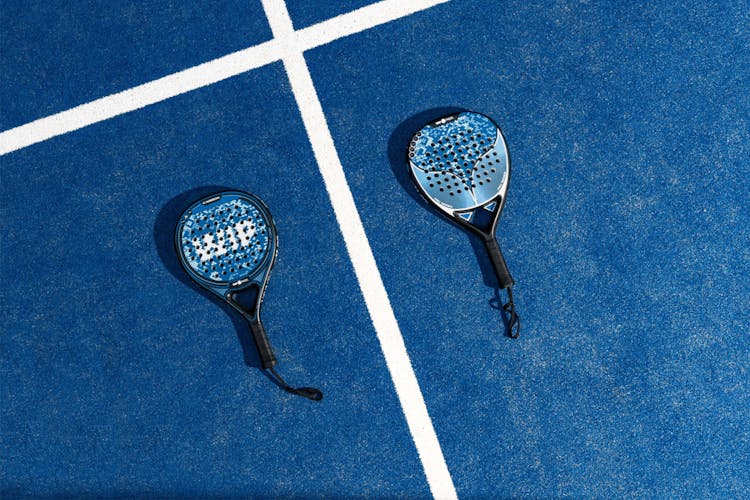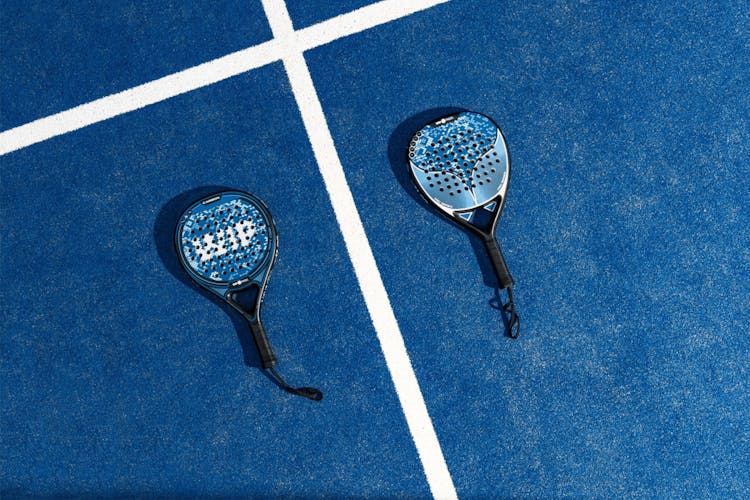
Why Play Padel?
Ever wondered why Padel is more than just a fantastic game but also addictive? Let's dive into the neuropsychology behind this amazing sport!
Brain Stimulation on Overdrive: Padel is more than just a ball game; it's a rush of speed and tactical maneuvers between players, unlike tennis. The smaller court and closer proximity to opponents ensure lightning-fast changes in tactics. With lower ball speed and prolonged play due to wall use, your brain is constantly on its toes. This dynamic environment challenges your brain more than tennis, making it a mental workout.
Brain's Reward Center at Play: While Padel offers challenges, it doesn't demand extreme technical skills, making it easier to overcome obstacles. More challenges mean increased adrenaline rush in your brain. Meeting these challenges triggers dopamine (the reward center) and endorphins, providing more rewards than technically demanding ball games. It's no surprise that Padel enthusiasts tend to stick around longer!
Improved Coordination and Concentration: Padel's heavy reliance on hand-eye coordination intensifies visuo-spatial training compared to tennis. The shorter racket's proximity to your body sharpens your brain's representation of personal space, enhancing coordination.
Enhanced Focus and Emotional Control: Longer rallies demand higher adrenaline and dopamine, boosting your attention. More volleys at the net heighten these neurotransmitters' effect, enhancing concentration.
Better Physical Well-being: Padel challenges your aerobic capacity without straining your knees, spine, shoulders, wrist, or elbow as intensely as tennis does. It's safer for the body, especially for the elderly or those with injuries.
In summary, Padel is not just a game; it's a brain and body stimulant, providing an addictive, safe, and enjoyable experience.
Ready to experience this brain-boosting, body-friendly thrill? Dive into the world of Padel!

Contact Us
Ask a question, discuss your project with an expert, or request a quote.